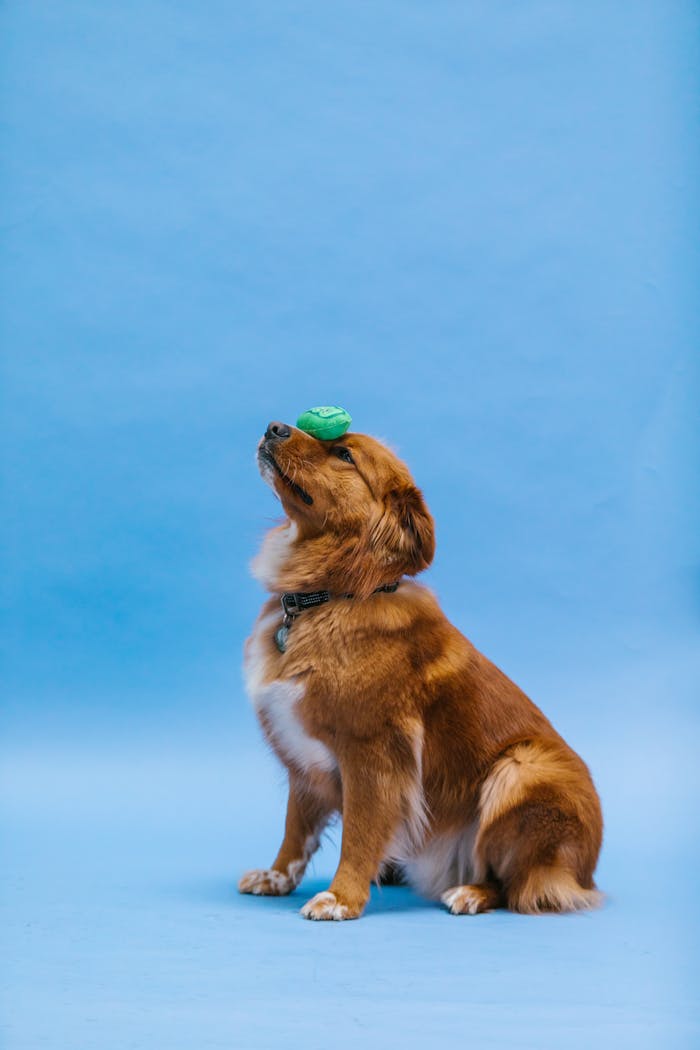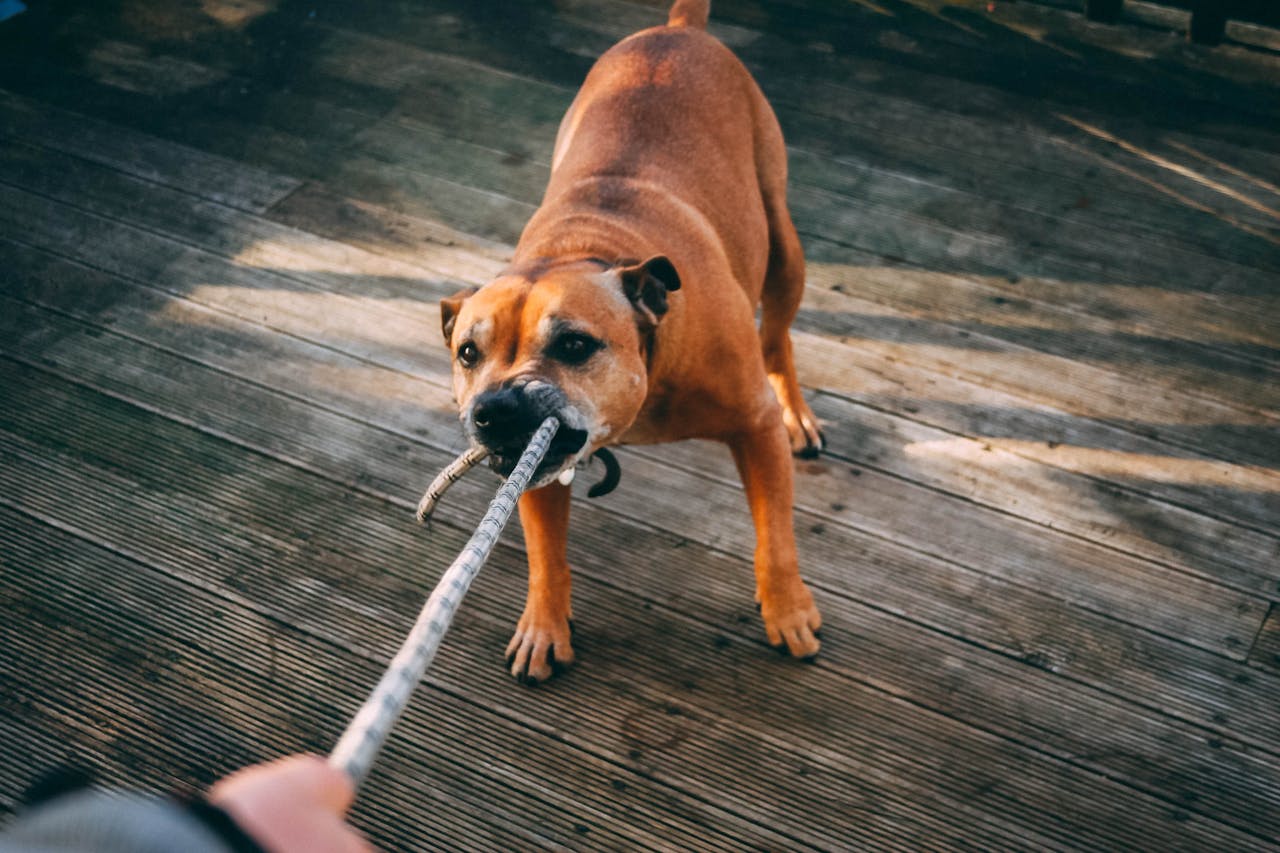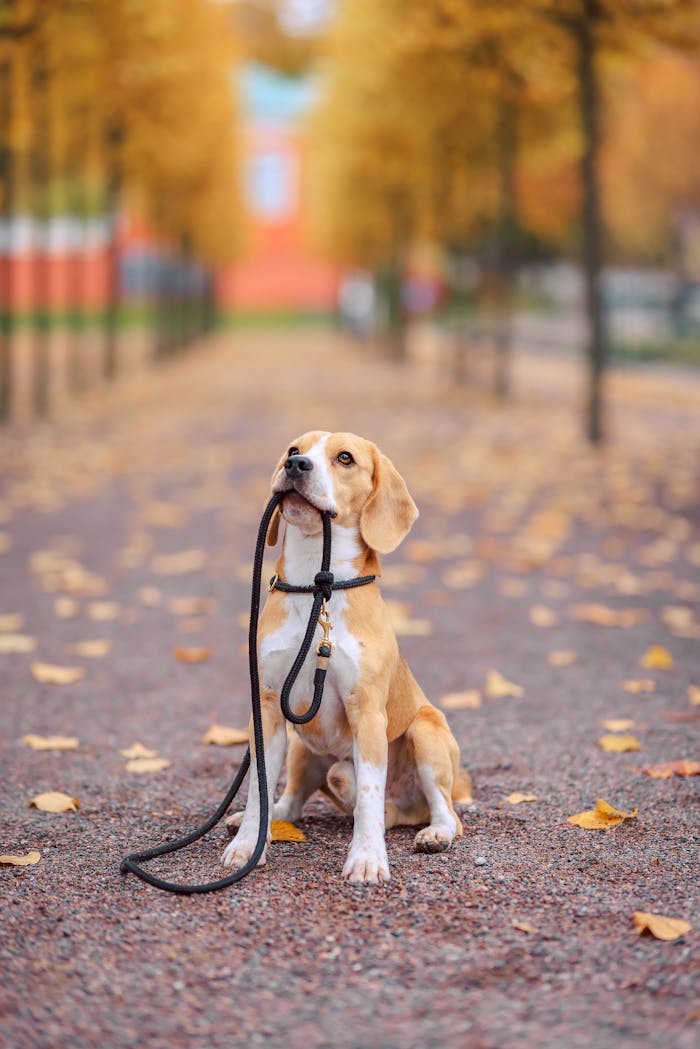The Most Difficult Breeds to Train
Introduction: Understanding Canine Complexity
Training a dog is an art form that requires patience, understanding, and a deep appreciation for canine psychology. While no dog is inherently “untrainable,” some breeds present significantly more challenges than others. This comprehensive exploration delves into the world’s most difficult dog breeds to train, examining the intricate reasons behind their training complexities.
What Makes a Breed “Difficult to Train”?
Before diving into specific breeds, it’s crucial to understand the factors that contribute to training difficulty:
- Independent Thinking
- High Intelligence Combined with Stubbornness
- Strong Prey Drive
- Genetic Predispositions
- Historical Breeding Purposes
- Temperamental Characteristics
Top 10 Most Challenging Dog Breeds to Train
1. Afghan Hound: The Aristocratic Challenge
Breed Characteristics
- Origin: Afghanistan
- Primary Purpose: Hunting in mountainous terrain
- Temperament: Aloof, Independent, Dignified
The Afghan Hound represents the pinnacle of training challenges. With a lineage rooted in hunting independent of human direction, these dogs are notorious for their cat-like independence. Their stunning appearance belies a remarkably challenging training experience.
Key Training Difficulties:
- Extremely high prey drive
- Minimal food motivation
- Short attention span
- Strong independent streak
- Limited desire to please humans
2. Basenji: The “Barkless” Enigma
Breed Characteristics
- Origin: Central Africa
- Primary Purpose: Hunting companion
- Temperament: Intelligent, Curious, Stubborn
Often called the “barkless dog,” Basenjis are legendary for their training resistance. Their intelligence is matched only by their legendary stubbornness.
Training Challenges:
- High intelligence coupled with extreme independence
- Primitive breed instincts
- Limited food motivation
- Quick to become bored
- Strong hunting instincts
3. Chow Chow: The Imperial Challenge
Breed Characteristics
- Origin: China
- Primary Purpose: Guardian and companion
- Temperament: Dignified, Serious, Territorial
The Chow Chow’s imperial Chinese heritage contributes to a training profile that demands extraordinary patience and skill.
Significant Training Obstacles:
- Extremely dominant personality
- Limited social motivation
- Strong territorial instincts
- Minimal food drive
- Complex emotional landscape
4. Bullmastiff: Power Meets Stubbornness
Breed Characteristics
- Origin: England
- Primary Purpose: Guarding estates
- Temperament: Powerful, Confident, Protective
While incredibly loyal, Bullmastiffs present unique training challenges rooted in their guardian heritage.
Training Complexities:
- Massive physical size
- Strong protective instincts
- Limited training motivation
- Potential for stubborn behavior
- Requires consistent, firm leadership
5. Siberian Husky: The Independent Adventurer
Breed Characteristics
- Origin: Siberia
- Primary Purpose: Sled pulling
- Temperament: Energetic, Independent, Intelligent
Huskies epitomize the challenge of training a breed designed for independent survival in harsh environments.
Profound Training Challenges:
- Extremely high energy levels
- Strong wanderlust
- Limited food motivation
- Exceptional escape artist tendencies
- Pack-oriented mentality
6. Beagle: Nose Over Obedience
Breed Characteristics
- Origin: England
- Primary Purpose: Hunting
- Temperament: Curious, Determined, Food-Motivated
Beagles demonstrate that training difficulty isn’t always about stubbornness, but about competing motivations.
Training Hurdles:
- Overpowering scent drive
- Easily distracted
- Selective hearing
- Strong hunting instincts
- Food obsession can be both asset and liability
7. Shiba Inu: The Feline Canine
Breed Characteristics
- Origin: Japan
- Primary Purpose: Hunting
- Temperament: Independent, Confident, Bold
Often described as “cat-like,” Shiba Inus represent a unique training challenge rooted in their ancient Japanese hunting background.
Distinctive Training Challenges:
- Extremely independent nature
- Limited desire to please humans
- Complex emotional responses
- Strong territorial instincts
- Minimal food motivation
8. Rottweiler: Power Meets Intelligence
Breed Characteristics
- Origin: Germany
- Primary Purpose: Herding and Guarding
- Temperament: Confident, Strong-Willed, Intelligent
Rottweilers are not inherently difficult but require an exceptionally skilled handler.
Training Complexities:
- Requires consistent, confident leadership
- Potential for dominance
- Strong protective instincts
- Needs early and continuous socialization
- Intelligent enough to challenge inexperienced trainers
9. Pekingese: The Royal Challenge
Breed Characteristics
- Origin: China
- Primary Purpose: Companion to Royalty
- Temperament: Confident, Stubborn, Independent
Bred as lap dogs for Chinese emperors, Pekingese carry a royal attitude that translates into training difficulties.
Training Obstacles:
- Strong-willed personality
- Limited social motivation
- Minimal food drive
- Complex emotional landscape
- Bred for companionship, not obedience
10. Bloodhound: Nose-Driven Training Challenge
Breed Characteristics
- Origin: Belgium
- Primary Purpose: Tracking
- Temperament: Determined, Gentle, Scent-Driven
Bloodhounds represent a unique training challenge driven by their extraordinary scent capabilities.
Training Hurdles:
- Overwhelming scent drive
- Limited focus on human commands
- Slow mental processing
- Requires specialized training approaches
- Minimal traditional training motivation
Universal Dog Training Strategies for Challenging Breeds
1. Understand Breed History
Each breed’s historical purpose provides critical insights into training approaches.
2. Customize Training Methods
One-size-fits-all training fails with complex breeds.
3. Recognize Individual Personality
Breed characteristics are guidelines, not absolute rules.
4. Patience and Consistency
The most critical elements in training challenging breeds.
5. Professional Guidance
Some breeds require specialized professional training intervention.
Conclusion: No Dog is Untrainable
While these breeds present significant training challenges, they are not impossible. With understanding, patience, and tailored approaches, even the most challenging breeds can become well-adjusted companions.
The key is recognizing each breed’s unique characteristics and working with, not against, their inherent traits.
Disclaimer: Individual dogs within any breed can vary significantly. Always consult professional trainers for personalized guidance.



